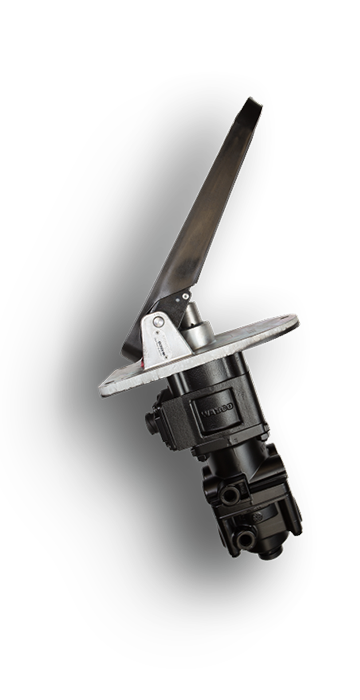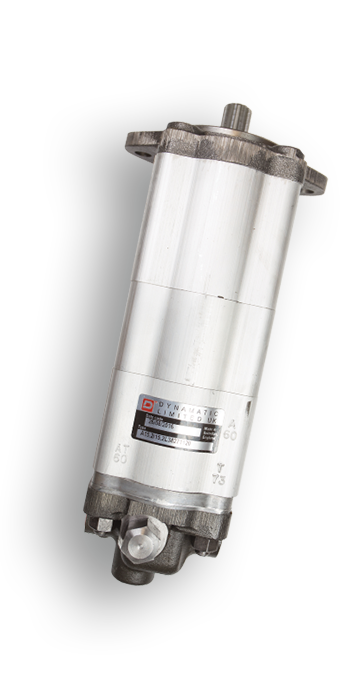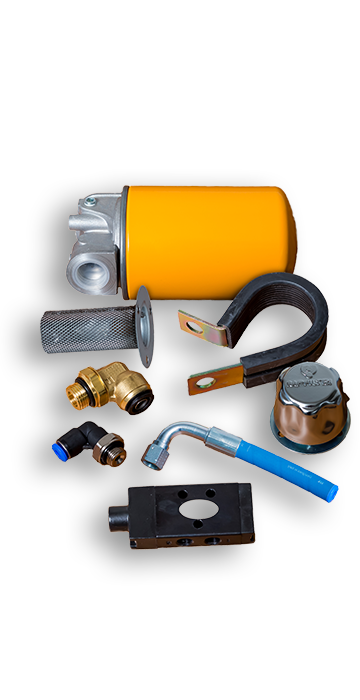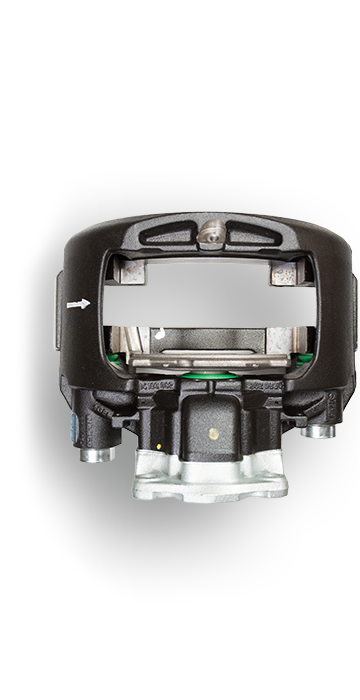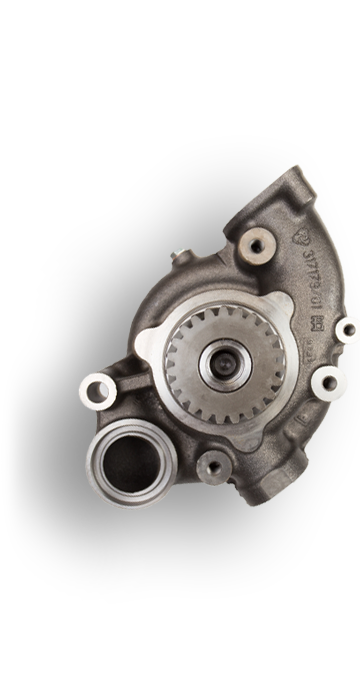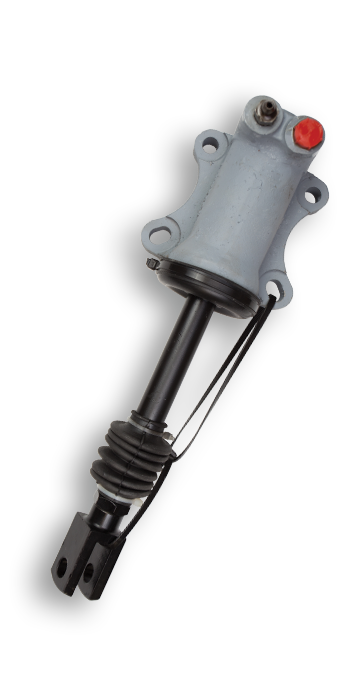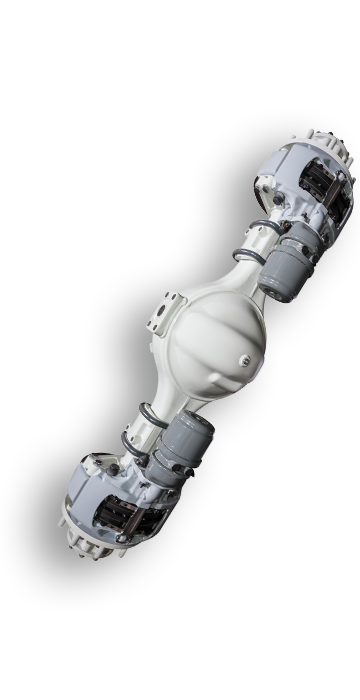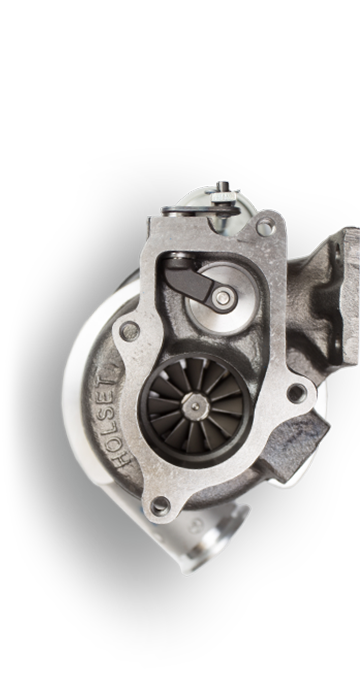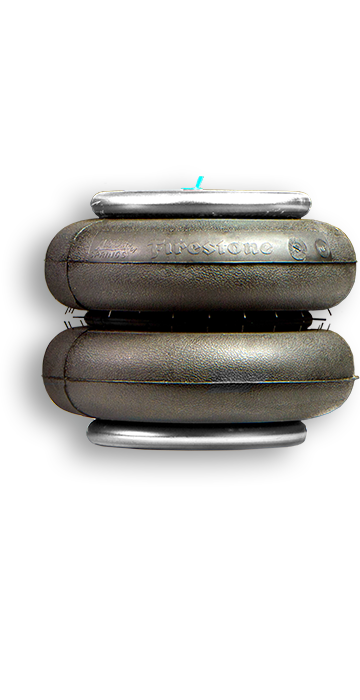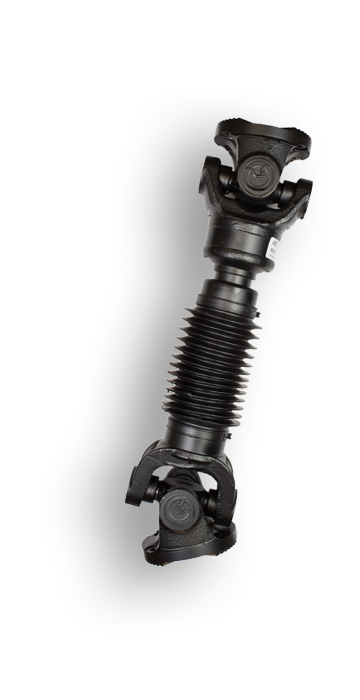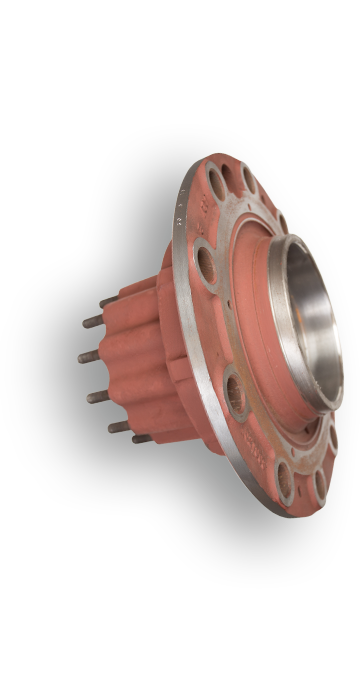Legislation on diesel engine emissions
The current EU legislation on diesel engine emissions for new coaches and buses means that the exhaust gases and particulates from a Euro 6 diesel engines are cleaner than any previous generation of PSVs.
Lower emissions mean a big reduction in nitrogen oxide (NOx) levels and less particulate matter (PM), which is particularly critical within urban, densely populated areas.
Since the introduction of Euro 1 back in 1993, engine manufacturers have invested billions in the continuing development of cleaner powertrains as part of a European-wide consensus on improving air quality in cities and generally. Euro 6 diesel legislation means that NOx emissions are reduced to 0.46 g/kwh, representing a 75% improvement on Euro 5 limits with PM down to 0.01 g/kwh, around 95% lower than Euro 5.
Regulations for Euro 6 diesel
One of the biggest differences with Euro 6 bus compared to any previous legislation, is that engines have to comply during real world usage, including different temperatures under various load conditions. The tighter rules for on-board diagnostics (OBD) monitoring the diesel engine’s exhaust treatment are required to alert the vehicle operator if there’s a fault.
The regulations for Euro 6 diesel are split into a number of different requirements, all focusing on how OBD compliance is achieved in practice. Euro 6c is effective from this year, Euro 6d in 2019/20 and then Euro 6e comes into force in 2021.
Euro 6 bus and coach compliant products
To ensure their compliance, Euro 6 bus and coach operators must adhere to the correct maintenance schedules, such as oil changes, cleaning of the diesel particulate filter (DPF) and AdBlue quality. If not, the system will eventually put the vehicle into ‘limp home’ mode.
Whilst all PSV manufacturers have already brought their Euro 6 bus and coach compliant products to market, achieving a huge reduction in emissions, none are resting on their laurels. Many believe, however, that if Euro 6 diesel does what it’s designed to do, progression to Euro 7 won’t be necessary.
Imperial Engineering provide compliant products
That said, a number of European cities such as Paris, Madrid and Athens will have moved to Ultra Low Emission Zones or even outright diesel bans by 2025. In London, all new double-deck buses deployed in the capital are hybrid, electric or hydrogen fuelled and the Mayor has pledged that all single-deck buses will be zero emission capable by 2020. The general feeling among bus and truck manufacturers is, therefore, that the next target will most probably be getting CO2 emissions down.
In short, the less fuel burned, the less CO2 produced but the real challenge is how to measure it. The EU has already stated that it wants a 30% reduction in carbon dioxide emissions by 2030 for trucks and buses. To track the reduction EU authorities have worked with industry partners to develop a vehicle energy consumption calculation tool (VECTO), which factors in drag, rolling resistance and other elements to come up with a whole vehicle efficiency rating, similar to that introduced for tyres. This will replace testing facilities, which are not practical for the diverse number of vehicles, requiring manufacturers to supply each vehicle’s consumption and emission values, in order to receive certification for that vehicle type.
The future of Euro 6 diesel
What is clear is that test cycles on emissions from diesel engines are becoming increasingly harmonised around the world for all vehicles, so although there’s nothing in writing yet beyond Euro 6 bus, the industry is already investing ready for expected changes around 2025. In its position as a leading supplier of OEM parts and components to the UK bus and coach sector, Imperial Engineering will be monitoring this issue closely.
